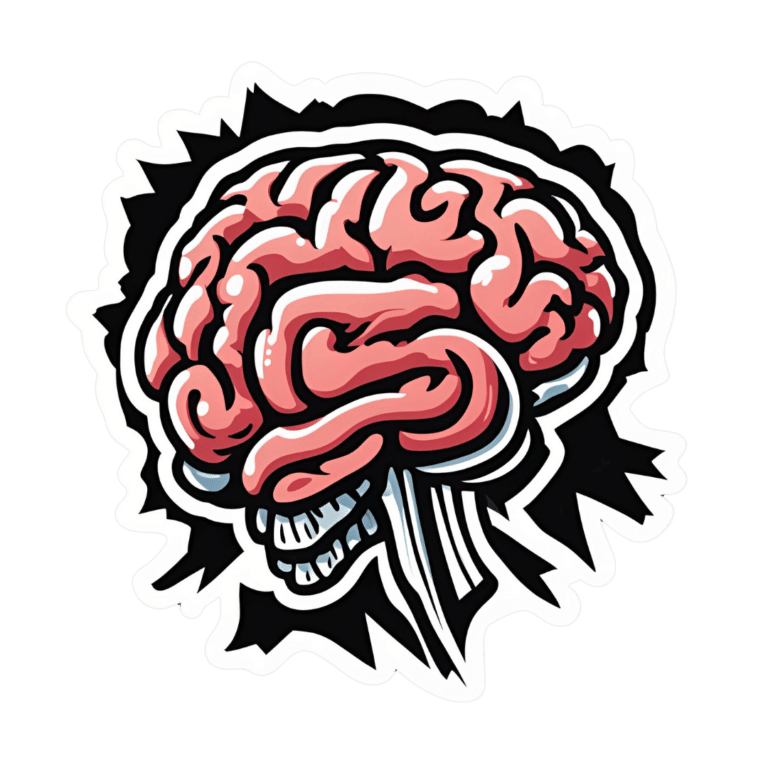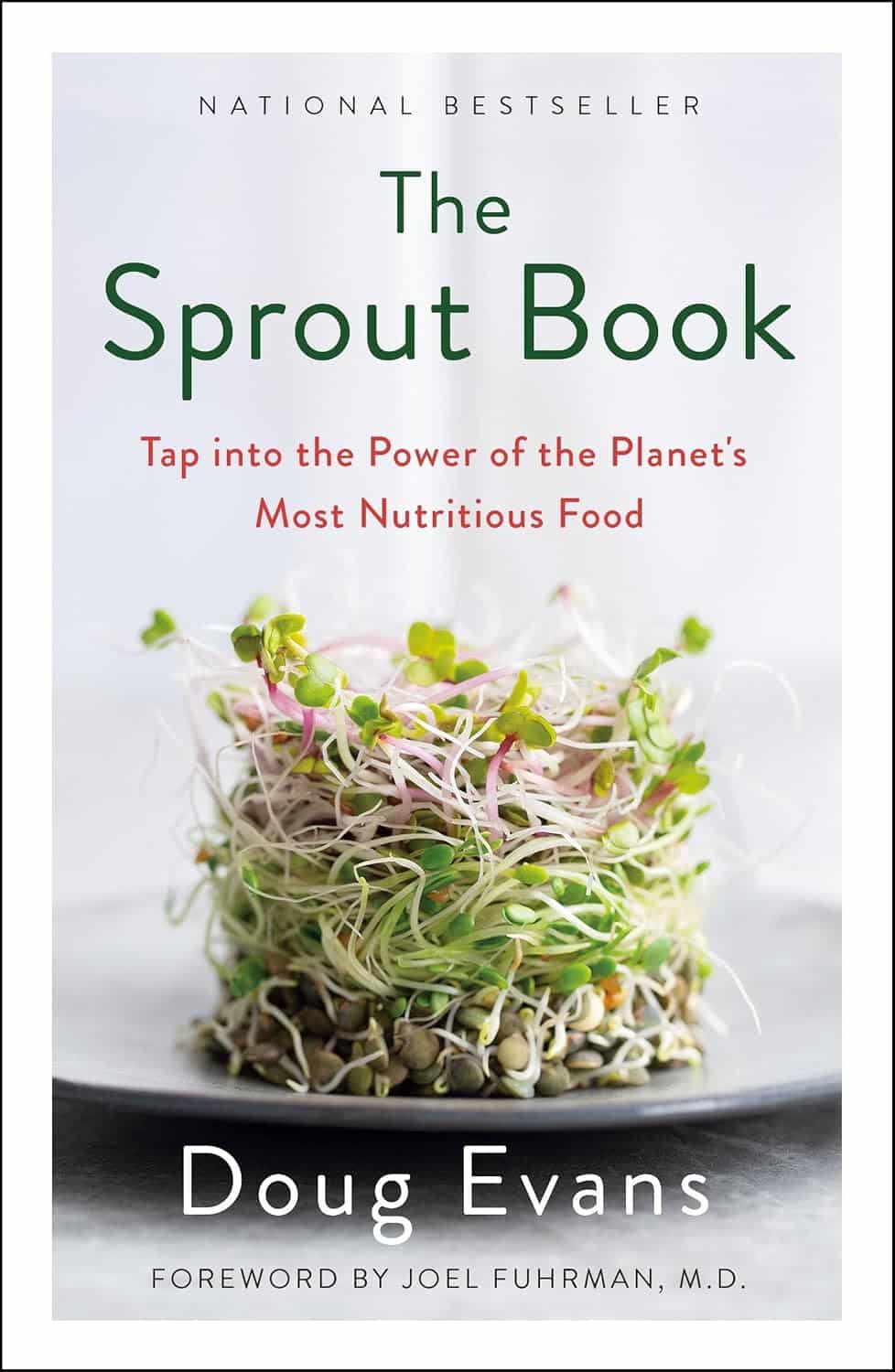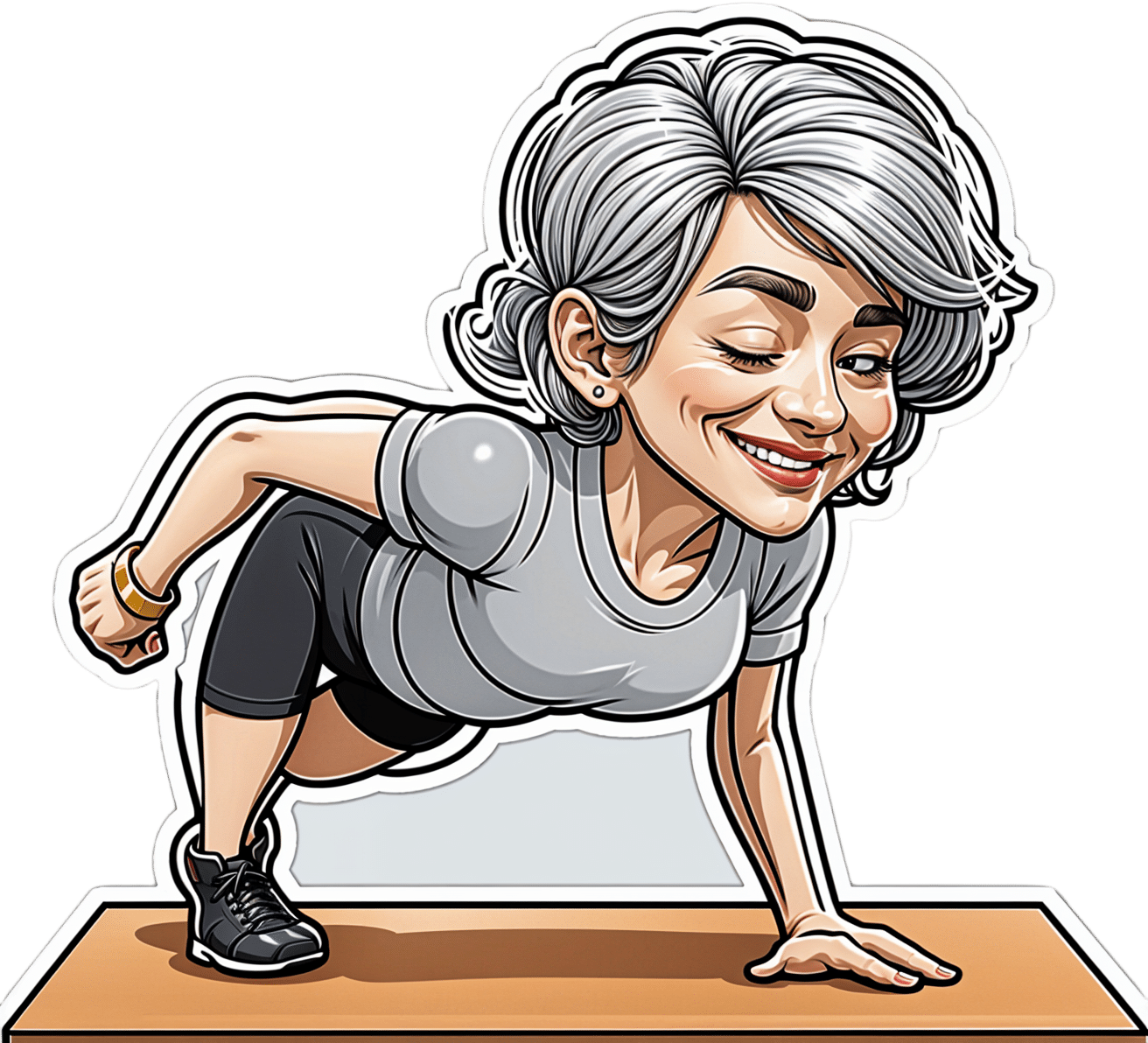
Cheeky diet soft drink getting you through the work day? Here’s what that may mean for your health
10almonds is reader-supported. We may, at no cost to you, receive a portion of sales if you purchase a product through a link in this article.
Many people are drinking less sugary soft drink than in the past. This is a great win for public health, given the recognised risks of diets high in sugar-sweetened drinks.
But over time, intake of diet soft drinks has grown. In fact, it’s so high that these products are now regularly detected in wastewater.
So what does the research say about how your health is affected in the long term if you drink them often?

What makes diet soft drinks sweet?
The World Health Organization (WHO) advises people “reduce their daily intake of free sugars to less than 10% of their total energy intake. A further reduction to below 5% or roughly 25 grams (six teaspoons) per day would provide additional health benefits.”
But most regular soft drinks contain a lot of sugar. A regular 335 millilitre can of original Coca-Cola contains at least seven teaspoons of added sugar.
Diet soft drinks are designed to taste similar to regular soft drinks but without the sugar. Instead of sugar, diet soft drinks contain artificial or natural sweeteners. The artificial sweeteners include aspartame, saccharin and sucralose. The natural sweeteners include stevia and monk fruit extract, which come from plant sources.
Many artificial sweeteners are much sweeter than sugar so less is needed to provide the same burst of sweetness.
Diet soft drinks are marketed as healthier alternatives to regular soft drinks, particularly for people who want to reduce their sugar intake or manage their weight.
But while surveys of Australian adults and adolescents show most people understand the benefits of reducing their sugar intake, they often aren’t as aware about how diet drinks may affect health more broadly.

What does the research say about aspartame?
The artificial sweeteners in soft drinks are considered safe for consumption by food authorities, including in the US and Australia. However, some researchers have raised concern about the long-term risks of consumption.
People who drink diet soft drinks regularly and often are more likely to develop certain metabolic conditions (such as diabetes and heart disease) than those who don’t drink diet soft drinks.
The link was found even after accounting for other dietary and lifestyle factors (such as physical activity).
In 2023, the WHO announced reports had found aspartame – the main sweetener used in diet soft drinks – was “possibly carcinogenic to humans” (carcinogenic means cancer-causing).
Importantly though, the report noted there is not enough current scientific evidence to be truly confident aspartame may increase the risk of cancer and emphasised it’s safe to consume occasionally.
Will diet soft drinks help manage weight?
Despite the word “diet” in the name, diet soft drinks are not strongly linked with weight management.
In 2022, the WHO conducted a systematic review (where researchers look at all available evidence on a topic) on whether the use of artificial sweeteners is beneficial for weight management.
Overall, the randomised controlled trials they looked at suggested slightly more weight loss in people who used artificial sweeteners.
But the observational studies (where no intervention occurs and participants are monitored over time) found people who consume high amounts of artificial sweeteners tended to have an increased risk of higher body mass index and a 76% increased likelihood of having obesity.
In other words, artificial sweeteners may not directly help manage weight over the long term. This resulted in the WHO advising artificial sweeteners should not be used to manage weight.
Studies in animals have suggested consuming high levels of artificial sweeteners can signal to the brain it is being starved of fuel, which can lead to more eating. However, the evidence for this happening in humans is still unproven.

What about inflammation and dental issues?
There is some early evidence artificial sweeteners may irritate the lining of the digestive system, causing inflammation and increasing the likelihood of diarrhoea, constipation, bloating and other symptoms often associated with irritable bowel syndrome. However, this study noted more research is needed.
High amounts of diet soft drinks have also been linked with liver disease, which is based on inflammation.
The consumption of diet soft drinks is also associated with dental erosion.
Many soft drinks contain phosphoric and citric acid, which can damage your tooth enamel and contribute to dental erosion.
Moderation is key
As with many aspects of nutrition, moderation is key with diet soft drinks.
Drinking diet soft drinks occasionally is unlikely to harm your health, but frequent or excessive intake may increase health risks in the longer term.
Plain water, infused water, sparkling water, herbal teas or milks remain the best options for hydration.
Lauren Ball, Professor of Community Health and Wellbeing, The University of Queensland and Emily Burch, Accredited Practising Dietitian and Lecturer, Southern Cross University
This article is republished from The Conversation under a Creative Commons license. Read the original article.
Don’t Forget…
Did you arrive here from our newsletter? Don’t forget to return to the email to continue learning!
Recommended
Learn to Age Gracefully
Join the 98k+ American women taking control of their health & aging with our 100% free (and fun!) daily emails:
-
Meditation That You’ll Actually Enjoy
10almonds is reader-supported. We may, at no cost to you, receive a portion of sales if you purchase a product through a link in this article.
Meditation That You’ll Actually Enjoy
We previously wrote about…
No-Frills, Evidence-Based Mindfulness
this is a great primer, by the way, for the science and simplicity of mindfulness, along with the simplest mindfulness meditation to get you going.
Today, we’re going to have some fun with meditation.
First: The Problem
Once the usefulness and health benefits of meditation have been established, often people want to meditate, but complain they don’t have the time.
But that’s not the real reason, though, is it?
Let’s face it, a basic meditation can give benefits within two minutes. Or within two breaths, for that matter. So, it’s not really for a lack of time.
The real reason is because it doesn’t feel productive, and it’s not fun. For us to feel motivated to do a thing, usually we need at least one or the other. And even if we know it really is productive, it not feeling that way will hobble us.
So instead, let us make things a little more fun, with…
Meditation games!
As it turns out, there are good kinds of meditation with which one can have a little fun.
Catch the next thought
A common feature of many meditative practices is the experience of having fewer, or ideally no, thoughts.
But it’s hard to enact a negative, and thoughts keep coming.
So instead, make yourself comfortable, settle in, and lie in wait for thoughts. When one comes along, pounce on it in your mind. And then release it, and wait for the next.
At first, your thoughts may be coming thick and fast, but soon, you’ll find the pauses between them lengthening, and you have moments of contented not-knowing of what the next thought will be before it comes along.
This state of relaxed, ready alertness, calm and receptive, is exactly what we’re hoping to find here. But don’t worry about that while you’re busy lying in wait for the next wild thought to come along
Counting breaths
Many meditative practices involve focus on one’s breath. But it’s easy for attention to wander!
This game is a simple one. Count your breaths, not trying to change your rate of breathing at all, just letting it be, and see how high you can get before you lose count.
Breathing in and out, once, counts as one breath, by the way.
You may find that your rate of breathing naturally slows while you’re doing this. That’s fine; let it. It’ll add to the challenge of the game, because before long there will be lengthy pauses between each number.
If you lose count, just start again, and see if you can beat your high score.
This meditation game is an excellent exercise to build for sustained focus, while also improving the quality of breathing (as a side-effect of merely paying attention to it).
Hot spot, cold spot
The above two meditation games were drawn from Japanese and Chinese meditative practices, zen and qigong respectively; this one’s from an Indian meditative practice, yoga nidra. But for now, just approach it with a sense of playful curiosity, for best results.
Make yourself comfortable, lying on your back, arms by your sides.
Take a moment first to pay attention to each part of your body from head to toe, and release any tension that you may be holding along the way.
First part: mentally scan your body for where it feels warmest, or most active, or most wanting of attention (for example if there is pain, or an itch, or some other sensation); that’s your “hot spot” for the moment.
Second part: mentally scan your body for where it feels coolest, or most inert, or almost like it’s not a part of your body at all; that’s your “cold spot” for the moment.
Now, see if you can flip them. Whether you can or can’t, notice if your “hot spot” or “cold spot” moves, or if you can move them consciously.
This meditation game is a great exercise to strengthen interoception and somatic awareness in general—essential for being able to “listen to your body”!
Closing thoughts
All three practices above have very serious reasons and great benefits, but make sure you don’t skip enjoyment of the fun aspects!
Being “young at heart” is, in part, to do with the ability to enjoy—literally, to take joy in—the little things in life.
With that in mind, all we have left to say here is…
Enjoy!
Share This Post
-
The Sprout Book – by Doug Evans
10almonds is reader-supported. We may, at no cost to you, receive a portion of sales if you purchase a product through a link in this article.
Sprouting seeds are more nutritious than most people think, and “seeds” is also a much broader category than people think. Beyond even chia and sunflower and such, this book bids us remember that onions do not just appear on supermarket shelves fully formed (to give just one example of many); most plants come from seeds and of those, most can be usefully sprouted.
The author, most well-known for his tech companies, here is selling us a very low-tech health kick with very little profit to be found except for our health. By sprouting seeds of many kinds at home, we can enjoy powerful superfoods that are not only better than, but also cheaper than, most supplements.
Nor are the benefits of sprouting things marginal; we’re not talking about a 1–10% increase in bioavailable so much as what’s often a 100–1000% increase.
After explaining the science and giving a primer on sprouting things for oneself, there is a wide selection of recipes, but the biggest benefit of the book is in just getting the reader up-and-running with at-home sprouting.
Bottom line: if you like the idea of letting food be your medicine and even like the idea of essentially growing your own food with zero gardening skills, then this is an excellent book for you.
Share This Post
-
The Most Anti Aging Exercise
10almonds is reader-supported. We may, at no cost to you, receive a portion of sales if you purchase a product through a link in this article.
We’ve referenced this (excellent) video before, but never actually put it under the spotlight in one of these features, so here we go!
Deep squats
It’s about deep squats, also called Slav squats, Asian squats, sitting squats, resting squats, or various other names. However, fear not; you don’t need to be Slavic or Asian to do it; you just need to practice.
As for why this is called “anti-aging”, by the way, it’s because being able to get up off the ground is one of the main tests of age-related mobility decline, and if you can deep-squat comfortably, then you can do that easily. And so long as you continue being able to deep-squat comfortably, you’ll continue to be able to get up off the ground easily too, because you have the strength in the right muscles, as well as the suppleness, comfort with range of motion, and balance (those stabilizing muscles are used constantly in a deep squat, whereas Western lifestyle sitting leaves those muscles very neglected and thus atrophied).
Epidemiological note: chairs, couches, and assorted modern conveniences reduce the need for squatting in daily life, leading to stiffness in joints, muscles, tendons, and ligaments. Many adults in developed countries struggle with deep squats due to lack of use, not aging. Which is a problem, because a lack of full range of motion in joints causes wear and tear, leading to chronic pain and degenerative joint diseases. People in countries where squatting is a common resting position have lower incidences of osteoarthritis, for example—contrary to what some might expect, squatting does not harm joints but rather protects them from arthritis and knee pain. Strengthening leg muscles through squatting can alleviate knee pain, whereas knee pain is often worsened by inactivity.
Notwithstanding the thumbnail, which is showing an interim position, one’s feet should be flat on the ground, by the way, and one’s butt should be nearby, just a few inches off the ground (in other words, the position that we see her in for most of this video).
Troubleshooting: if you’re accustomed to sitting in chairs a lot, then this may be uncomfortable at first. Zuzka advises us to go gently, and/but gradually increase our range of motion and (equally importantly) duration in the resting position.
You can use a wall or doorway to partially support you, at first, if you struggle with mobility or balance. Just try to gradually use it less, until you’re comfortable deep-squatting with no support.
Since this is not an intrinsically very exciting exercise, once you build up the duration for which you’re comfortable deep-squatting, it can be good to get in the habit of “sitting” this way (i.e. deep squatting, still butt-off-the-floor, but doing the job of sitting) while doing other things such as working (if you have an appropriate work set-up for that*), reading, or watching TV.
*this is probably easiest with a laptop placed on an object/surface of appropriate height, such as a coffee table or such. As a bonus, having your hands in front of you while working will also bring your center of gravity forwards a bit, making the position easier and more comfortable to maintain. This writer (hi, it’s me) prefers her standing desk for work in general, with a nice ergonomic keyboard and all that, but if using a laptop from time to time, then squatting is a very good option.
In terms of working up duration, if you can only manage seconds to start with, that’s fine. Just do a few more seconds each time, until it’s 30, 60, 120, and so on until it’s 5 minutes, 10, 15, and so on.
You can even start that habit-forming while you’re still in the “seconds at a time” stage! You can deep-squat just for some seconds while you:
- pick up something from the floor
- check on something in the oven
- get something out of the bottom of the fridge
…etc!
For more on all this, plus many visual demonstrations including interim exercises to get you there if it’s difficult for you at first, enjoy:
Click Here If The Embedded Video Doesn’t Load Automatically!
Want to learn more?
You might also like to read:
Mobility For Now & For Later: Train For The Marathon That Is Your Life!
Take care!
Share This Post
Related Posts
-
Almonds vs Macadamias – Which is Healthier?
10almonds is reader-supported. We may, at no cost to you, receive a portion of sales if you purchase a product through a link in this article.
Our Verdict
When comparing almonds to macadamias, we picked the almonds.
Why?
It’s not just our pro-almonds bias:
In terms of macros, almonds have 3x the protein and as well as more fiber and carbs, the ratio of which latter two give almonds the lower glycemic index, while macadamias have more total fat, and 4x the saturated fat percentage. All in all, we say this is a win for almonds in this category.
In the category of vitamins, almonds have more of vitamins B2, B3, B9, E, and choline, while macadamias have more of vitamins B1, B5, B6, and C. A modest 5:4 win for almonds, unless we consider that almonds have more than 47x as much vitamin E (almonds are an exceptionally good source of vitamin E), in which case, a stronger win for almonds.
When it comes to minerals, almonds have more calcium, copper, iron, magnesium, phosphorus, potassium, selenium, and zinc, while macadamias have more manganese. A very clear win for almonds.
Adding up the sections makes for a convincing overall win for almonds, but by all means enjoy either or both; diversity is good!
Want to learn more?
You might like:
Why You Should Diversify Your Nuts!
Enjoy!
Don’t Forget…
Did you arrive here from our newsletter? Don’t forget to return to the email to continue learning!
Learn to Age Gracefully
Join the 98k+ American women taking control of their health & aging with our 100% free (and fun!) daily emails:
-
Resistance Beyond Weights
10almonds is reader-supported. We may, at no cost to you, receive a portion of sales if you purchase a product through a link in this article.
Resistance, Your Way
We’ve talked before about the importance of resistance training:
Resistance Is Useful! (Especially As We Get Older)
And we’ve even talked about how to make resistance training more effective:
(High Intensity Interval Training, but make it High Intensity Resistance Training)
Which resistance training exercises are best?
There are two reasonable correct answers here:
- The resistance training exercises that you will actually do (because it’s no good knowing the best exercise ever if you’re not going to do it because it is in some way offputting to you)
- The resistance training exercises that will prevent you from getting a broken bone in the event of some accident or incident
This latter is interesting, because when people think resistance training, the usually immediate go-to exercises are often things like the bench press, or the chest machine in the gym.
But ask yourself: how often do we hear about some friend or relative who in their old age has broken their humerus?
It can happen, for sure, but it’s not as often as breaking a hip, a tarsal (ankle bones), or a carpal (wrist bones).
So, how can we train to make those bones strong?
Strong bones grow under strong muscles
When archaeologists dig up a skeleton from a thousand years ago, one of the occupations that’s easy to recognize is an archer. Why?
An archer has an unusual frequent exercise: pushing with their left arm while pulling with their right arm. This will strengthen different muscles on each side, and thus, increase bone density in different places on each arm. The left first metacarpal and right first and second metacarpals and phalanges are also a giveaway.
This is because: one cannot grow strong muscles on weak bones (or else the muscles would just break the bones), so training muscles will force the body to strengthen the relevant bones.
So: if you want strong bones, train the muscles attached to those bones
This answers the question of “how am I supposed to exercise my hips” etc.
Weights, bodyweight, resistance bands
If you go to the gym, there’s a machine for everything, and a member of gym staff will be able to advise which of their machines will strengthen which muscles.
If you train with free weights at home:
- Wrist curls (forearm supported and stationary, lifting a dumbbell in your hand, palm-upwards) will strengthen the wrist
- The farmer’s walk (carrying a heavy weight in each hand) will also strengthen your wrist
- A modified version of this involves holding the weight with just your fingertips, and then raising and lowering it by curling and uncurling your fingers)
- Lateral leg raises (you will need ankle-weights for this) will strengthen your ankles and your hips, as will hip abductions (as in today’s featured video), especially with a weight attached.
- Ankle raises (going up on your tip-toes and down again, repeat) while holding weights in your hands will strengthen your ankles
If you don’t like weights:
- Press-ups will strengthen your wrists
- Fingertip press-ups are even better: to do these, do your press-ups as normal, except that the only parts of your hands in contact with the ground are your fingertips
- This same exercise can be done the other way around, by doing pull-ups
- And that same “even better” works by doing pull-ups, but holding the bar only with one’s fingertips, and curling one’s fingers to raise oneself up
- Lateral leg raises and hip abductions can be done with a resistance band instead of with weights. The great thing about these is that whereas weights are a fixed weight, resistance bands will always provide the right amount of resistance (because if it’s too easy, you just raise your leg further until it becomes difficult again, since the resistance offered is proportional to how much tension the band is under).
Remember, resistance training is still resistance training even if “all” you’re resisting is gravity!
If it fells like work, then it’s working
As for the rest of preparing to get older?
Check out:
Training Mobility Ready For Later Life
Take care!
Don’t Forget…
Did you arrive here from our newsletter? Don’t forget to return to the email to continue learning!
Learn to Age Gracefully
Join the 98k+ American women taking control of their health & aging with our 100% free (and fun!) daily emails:
-
The Dopa-Bean
10almonds is reader-supported. We may, at no cost to you, receive a portion of sales if you purchase a product through a link in this article.
Mucuna pruriens, also called the “magic velvet bean”, is an established herbal drug used for the management of male infertility, nervous disorders, and also as an aphrodisiac:
The Magic Velvet Bean of Mucuna pruriens
How it works is more interesting than that, though.
It’s about the dopamine
M. pruriens contains levodopa (L-dopa). That’s right, the same as the dopaminergic medication most often prescribed for Parkinson’s disease. Furthermore, it might even be better than synthetic L-dopa, because:
❝M. pruriens seed extract demonstrated acetylcholinesterase inhibitory activity, while synthetic L-dopa enhanced the activity of the enzyme. It can be concluded that the administration of M. pruriens seed might be effective in protecting the brain against neurodegenerative disorders such as Parkinson’s and Alzheimer’s diseases.
M. pruriens seed extract containing L-dopa has shown less acetylcholinesterase activity stimulation compared with L-dopa, suggesting that the extract might have a superior benefit for use in the treatment of Parkinson’s disease.❞
~ Dr. Narisa Kamkaen et al.
Indeed, it has been tested specifically in (human!) Parkinson’s disease patients, which RCT found:
❝The rapid onset of action and longer on time without concomitant increase in dyskinesias on mucuna seed powder formulation suggest that this natural source of l-dopa might possess advantages over conventional l-dopa preparations in the long term management of Parkinson’s disease❞
~ Dr. Regina Katzenschlager et al.
Read more: Mucuna pruriens in Parkinson’s disease: a double-blind clinical and pharmacological study
Beyond Parkinson’s disease
M. pruriens has also been tested and found beneficial in cases of disease other than Parkinson’s, thus:
Mucuna pruriens in Parkinson’s and in some other diseases: recent advancement and future prospective
…but the science is less well-established for things not generally considered related to dopamine, such as cancer, diabetes, and cardiometabolic disorders.
Note, however, that the science for it being neuroprotective is rather stronger.
Against depression
Depression can have many causes, and (especially on a neurological level) diverse presentations. As such, sometimes what works for one person’s depression won’t touch another person’s, because the disease and treatment are about completely different neurotransmitter dysregulations. So, if a person’s depression is due to a shortage of serotonin, for example, then perking up the dopamine won’t help much, and vice versa. See also:
Antidepressants: Personalization Is Key!
When it comes to M. pruriens and antidepressant activity, then predictably it will be more likely to help if your depression is due to too little dopamine. Note that this means that even if your depression is dopamine-based, but the problem is with your dopamine receptors and not the actual levels of dopamine, then this may not help so much, depending on what else you have going on in there.
The science for M. pruriens and depression is young, and we only found non-human animal studies so far, for example:
In summary
It’s good against Parkinson’s in particular and is good against neurodegeneration in general.
It may be good against depression, depending on the kind of depression you have.
Is it safe?
That’s a great question! And the answer is: it depends. For most people, in moderation, it should be fine (but, see our usual legal/medical disclaimer). Definitely don’t take it if you have bipolar disorder or any kind of schizoid/psychotic disorder; it is likely to trigger a manic/psychotic episode if you do.
For more on this, we discussed it (pertaining to L-dopa in general, not M. pruriens specifically) at greater length here:
An Accessible New Development Against Alzheimer’s ← scroll down to the heading that reads “Is there a catch?”
Want to try some?
We don’t sell it, but here for your convenience is an example product on Amazon 😎
Enjoy!
Don’t Forget…
Did you arrive here from our newsletter? Don’t forget to return to the email to continue learning!
Learn to Age Gracefully
Join the 98k+ American women taking control of their health & aging with our 100% free (and fun!) daily emails:







